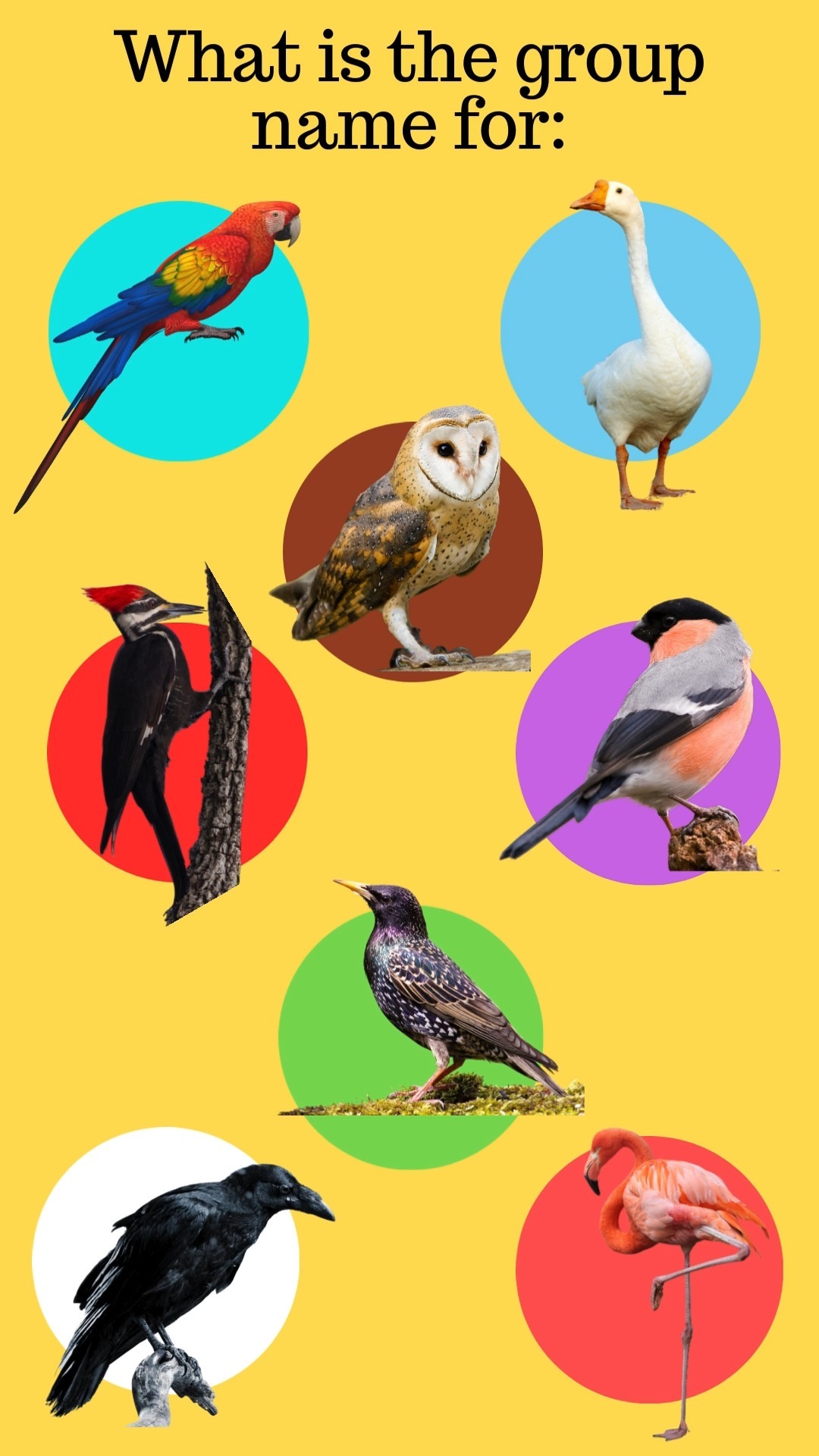- Introduction to the significance of collective nouns in bird species and their relevance in ornithology and language.
- The historical development of bird collective nouns and their cultural and linguistic significance.
- An overview and examples of collective nouns specific to different bird species across the globe.
- The use of collective nouns in conservation awareness and wildlife education.
- The impact of cultural diversity on the evolution of bird collective nouns.
The collective nouns of birds hold a distinctive place in both the realm of ornithology and the literary domain. These terms not only encapsulate the essence of bird species but also bring a poetic dimension to scientific discourse. As we dive into the world of bird nomenclature, understanding the significance of these terms gives us a glimpse into human creativity and linguistic evolution. Ornithologists and birdwatchers alike appreciate collective nouns for birds as they capture the majesty and nuances of bird behaviors and characteristics. For instance, a "murmuration" of starlings is not just an apt description of their communal flight patterns but an expression of nature’s artistry.
Understanding the historical context behind the development of collective nouns for birds is pivotal. These terms have been passed down through generations, with origins rooted in medieval texts and guilds. They arose not just as descriptors but as cultural artifacts reflecting the human endeavor to categorize and understand the unpredictable behaviors of birds. Each collective noun often reflects an anecdotal or observational truth about the species it describes, providing cultural and scientific insights. Authors and poets have adopted and expanded these descriptors, bringing them into popular usage and sparking the imagination of countless readers and nature enthusiasts.
Exploring specific examples of bird collective nouns offers a fascinating look at linguistic creativity. The avian world is richly populated with terms like a "parliament" of owls, suggestive of wisdom and solemnity, or an "exaltation" of larks, evoking the uplifting experience of witnessing their flight. Some collective nouns reflect characteristics unique to the species, such as a "gaggle" of geese, referencing the noise they make. These terms paint vivid imagery and foster an emotional connection with nature and wildlife, resonating with both casual observers and dedicated ornithologists.
Bird collective nouns play a crucial role in conservation education and wildlife awareness. They serve as powerful tools in engaging people with birds around the world, helping to highlight the ecological value and behaviors of different species. Conservationists use these terms to underscore the importance of protecting bird populations and their natural habitats. By incorporating these engaging descriptors into educational materials and outreach programs, wildlife organizations draw public interest and support for avian conservation efforts.
Cultural diversity significantly influences the evolution and meaning of collective nouns for birds. Different cultures observe, interpret, and name birds in ways that reflect their unique interactions and relationships with the natural environment. For instance, in various Indigenous cultures, bird naming conventions might encapsulate spiritual beliefs or ecological knowledge. This diversity enriches the lexicon of bird collective nouns globally and emphasizes the interconnectedness of language, culture, and biodiversity. Understanding such cultural perspectives enriches our overall appreciation and awareness of birds and fosters global respect for nature’s diversity.
In summary, collective nouns of birds are more than quaint linguistic artifacts. They represent a vital intersection of language, culture, and wildlife education. These terms continue to inspire conservation efforts, enhance our understanding of avian biodiversity, and reflect the rich tapestry of global cultural heritage. Through engaging with these magnificent descriptors, we are reminded of the shared beauty and responsibility we have towards the natural world.
*****
Source Description
Welcome to TRIVIA TUESDAYS! CATEGORY: Collective Nouns of BIRDS.
_ _ _ _ _ _ _
¡Bienvenidos a los MARTES DE TRIVIA! CATEGORÍA: Sustantivos Colectivos de AVES.


